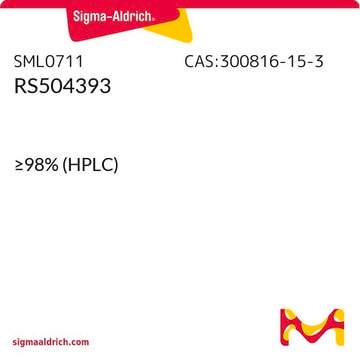SML1628
LMT-28
≥98% (HPLC)
Synonym(s):
(4S)-3-[(2S,3S)-3-Hydroxy-2-methyl-4-methylene-1-oxononyl]-4-(1-methylethyl)-2-oxazolidinone
About This Item
Recommended Products
Quality Level
Assay
≥98% (HPLC)
form
oil
color
colorless to light yellow, oil
shipped in
wet ice
storage temp.
−20°C
SMILES string
CC(C)[C@H](N1C([C@@H](C)[C@H](O)C(CCCCC)=C)=O)COC1=O
InChI
1S/C17H29NO4/c1-6-7-8-9-12(4)15(19)13(5)16(20)18-14(11(2)3)10-22-17(18)21/h11,13-15,19H,4,6-10H2,1-3,5H3/t13-,14+,15+/m0/s1
InChI key
UDXWSYOXIRPYFK-RRFJBIMHSA-N
Biochem/physiol Actions
Storage Class Code
10 - Combustible liquids
WGK
WGK 3
Certificates of Analysis (COA)
Search for Certificates of Analysis (COA) by entering the products Lot/Batch Number. Lot and Batch Numbers can be found on a product’s label following the words ‘Lot’ or ‘Batch’.
Already Own This Product?
Find documentation for the products that you have recently purchased in the Document Library.
Our team of scientists has experience in all areas of research including Life Science, Material Science, Chemical Synthesis, Chromatography, Analytical and many others.
Contact Technical Service








